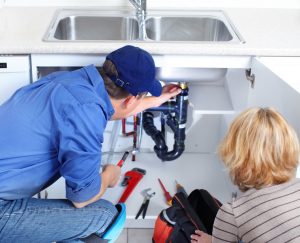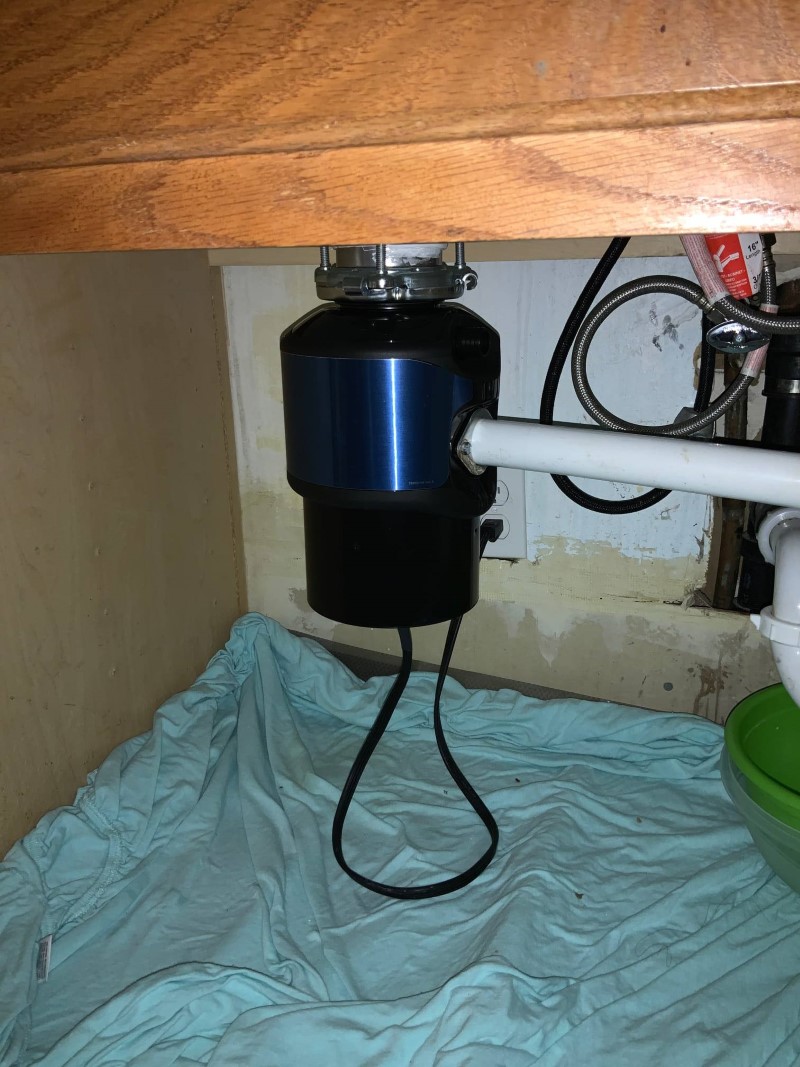Right here down the page you will discover a bunch of really good facts on the subject of Garbage Disposal Leaking From Bottom.

Waste disposal unit are important kitchen area devices that aid in throwing away food waste successfully. Nevertheless, a dripping garbage disposal can be an irritating and messy issue to handle. Thankfully, numerous leaks can be repaired quickly with a few basic actions. In this article, we will certainly review how to repair a leaking garbage disposal properly.
Intro
Waste disposal unit are installed under cooking area sinks and are created to shred food waste into smaller pieces, enabling it to travel through the pipes system conveniently. While these devices are typically trustworthy, leaks can happen over time as a result of deterioration, loosened links, or damage to the system.
Step-by-Step Overview to Repairing a Dripping Waste Disposal Unit
Turn Off the Power
Before attempting any type of repair services, make certain that the power to the waste disposal unit device is switched off to avoid the danger of electrical shock.
Locate the Leak
Determine the exact area of the leak and establish the cause
Tighten up Links
Utilize a wrench to tighten up any loosened links between the disposal system and the plumbing system.
Change Seals or Gaskets
If the leakage results from worn seals or gaskets, get rid of the old elements and change them with brand-new ones.
Patching Fractures or Holes
For splits or openings in the disposal system, usage epoxy or a suitable patching product to seal the broken area.
Identifying the Source of the Leak
Before trying to fix a leaking garbage disposal, it is essential to identify the source of the leak. This can commonly be done via aesthetic inspection or by conducting simple examinations.
Visual Examination
Check the waste disposal unit device carefully for any kind of indications of water leak. Pay attention to areas around seals, gaskets, and connection points.
Checking for Leaks
One means to evaluate for leakages is by running water with the disposal system and checking for any type of noticeable indications of leak.
Common Causes of Leakages in Garbage Disposals
Worn Seals and Gaskets
Seals and gaskets play a vital duty in stopping water from leaking out of the waste disposal unit. Over time, these elements can deteriorate, causing leaks around the disposal system.
Loose Links
The connections in between the garbage disposal and the pipes system can end up being loosened in time, causing water to leakage out during procedure.
Cracks or Openings in the Disposal Device
Physical damages to the waste disposal unit, such as cracks or holes in the housing, can likewise result in leaks.
Devices and Products Needed for Dealing With a Dripping Garbage Disposal
Prior to starting the repair work procedure, collect the necessary devices and products, consisting of a screwdriver, adjustable wrench, plumbing's putty, substitute seals or gaskets, and epoxy or patching material for fixing fractures or openings.
Examining the Waste Disposal Unit After Repair Work
As soon as the repair is complete, check the garbage disposal by running water via it to make sure that the leak has actually been fixed.
Preventive Maintenance Tips to Avoid Future Leaks
To prevent future leakages, it is vital to carry out routine maintenance on your waste disposal unit. This includes maintaining it tidy, staying clear of placing non-food things or hard items down the disposal, and occasionally looking for leakages or various other issues.
Conclusion
In conclusion, repairing a leaking garbage disposal is a reasonably uncomplicated process that can be completed with basic tools and materials. By adhering to the actions laid out in this write-up and exercising precautionary maintenance, you can maintain your garbage disposal in good working condition and avoid pricey repair services in the future.
What to Do About a Leaking Garbage Disposal
A leaking garbage disposal often goes unnoticed until you confront a sopping cabinet, a foul-smelling puddle, or an audible drip-drip-drip from the unit. The fix can be frustrating, too, because the leak can stem from a number of components in the system. Fortunately, with a little sleuthing, you can zero in on the leak and—depending on the exact location—stop the icky oozing and repair the component that caused it. Worst case scenario, if it turns out that the garbage disposal must be replaced, installing a new one is a reasonable do-it-yourself task for those with basic plumbing skills. Read on to keep the cash you’d otherwise hand over to a pro.
Prepare to find the leak
Prior to testing the garbage disposal for leaks, unplug it at the wall outlet and turn off the power from the breaker box to prevent electrical shock. Then insert a watertight sink stopper into your sink drain and wipe the unit dry with a clean cloth. In any handy container, mix a few drops of food coloring into a few cups of water, and pour the dyed water onto the sink stopper to help you locate the leak.
Investigate the source
the top, where the disposal meets the sink drain the side, where the dishwasher hose or main drain pipe connects to the disposal or the bottom of the unit Inspect each of these locations while gliding a light-colored rag over the unit; the dyed water will readily show on the rag and reveal the location of the leak. If a leak isn’t immediately apparent, remove the sink stopper and pour a few more cups of dyed water down the sink drain, then check for leaks again. Leaks near the top of the unit are more likely to show themselves while the sink is plugged, while side and bottom leaks are more noticeable while the sink is unplugged.
The metal sink flange that sits directly inside the sink drain is typically sealed around the top with plumber’s putty (a clay-like sealant) and then secured from under the sink with bolts. If the plumber’s putty deteriorates, or the bolts loosen, the flange can no longer form a watertight seal between the sink drain and the disposal—which could cause a leak at the top of the unit.
To reseal the leaky flange, you must first detach the garbage disposal. Start by loosening the screws securing the main drain pipe to the disposal, then loosen the screws in the metal clamp securing the dishwasher hose to the disposal and detach the drain pipe and dishwasher hose from the disposal. Loosen the screws in the mounting ring that connects the disposal to the metal mounting assembly beneath the sink, then pull down the disposal and carefully set it on a clean, dry surface. Loosen the bolts in the mounting assembly with a wrench, then pull down the mounting assembly and set it near the disposal.

We hope you liked our excerpt on Why Is My Garbage Disposal Leaking From the Bottom?. Thanks a lot for spending some time to read our piece. Do you know about someone else who is in the market for the topic? Be sure promote it. I appreciate reading our article about How to fix a pretty consistent leak from my garbage disposal.
Rates